Medium and Narrative: On Kalkimanthankatha
The first part of the essay explored the texts and thematics of Ashish Avikunthak’s film Kalkimanthankatha (2015). But how does the film think through one of its central preoccupations: the question of unidentifiability?
Filmed on 16mm for daylight shots and digital for nighttime, Kalkimanthankatha undertakes an experiment with hybridity that works well to magnify and formally replicate the metaphysical conflict of Kalki’s (and Godot’s) materiality—of being and not being. At the New York screening of his film, Avikunthak shared that the work’s pervasive grainy effect was a decision born out of the filmmaker’s anxieties around digital not being a sufficiently cinematic medium on its own. Indeed, many such hybridities go into shaping the textures of the film. Another such example is the background score which is a Western classical composition in violin, cello and piano, based on the ahir-bhairav raag of Hindustani classical music. The process of making the film was also, as Avikunthak relates, largely hinged upon spontaneity and improvisation and was eventually concluded after two years of meticulous and regenerative editing. One could even say that the film’s narrative, a significant part of which is constructed out of editing disparate, ad-lib sequences, approximates the nature of Kalki, insofar as it is there and not there simultaneously.
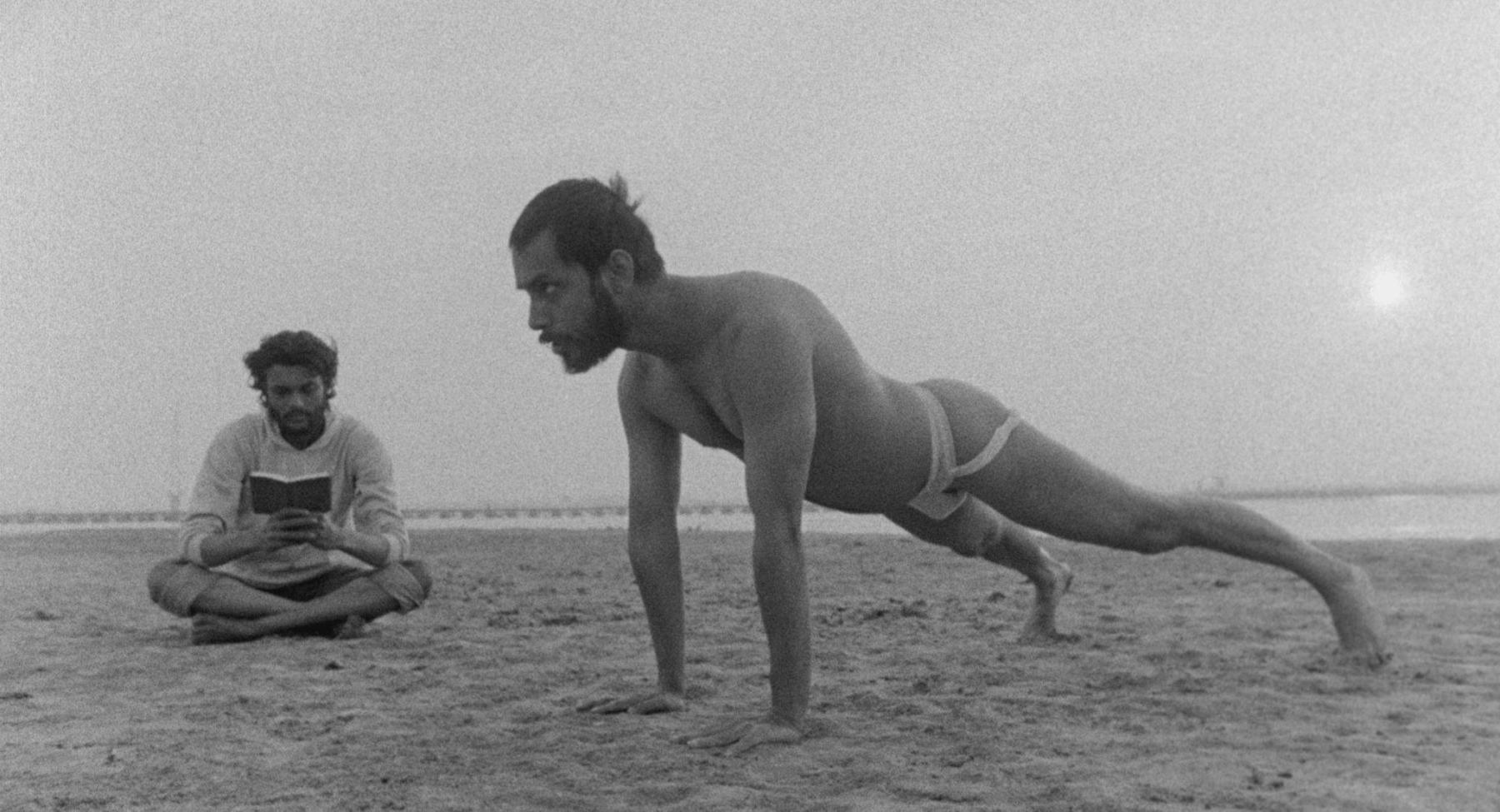
The filmmaker adds that the insertion of the Little Red Book, issuing the coordinates of a specific geopolitical moment and identity, was an instance of improvisation—one of the actors was simply found reading it on set one day in preparation for a scathing review he was planning to write of Vishal Bhardwaj’s Matru Ki Bijli Ka Mandola (2013). The final and most striking lines in the film too are the product of spontaneity: “The first nine avatars of Vishnu are Rama, Krishna, Bukharin…” Several such intertextual conversations are built into the very story of this film’s making, an organising principle that is reflected magnificently.
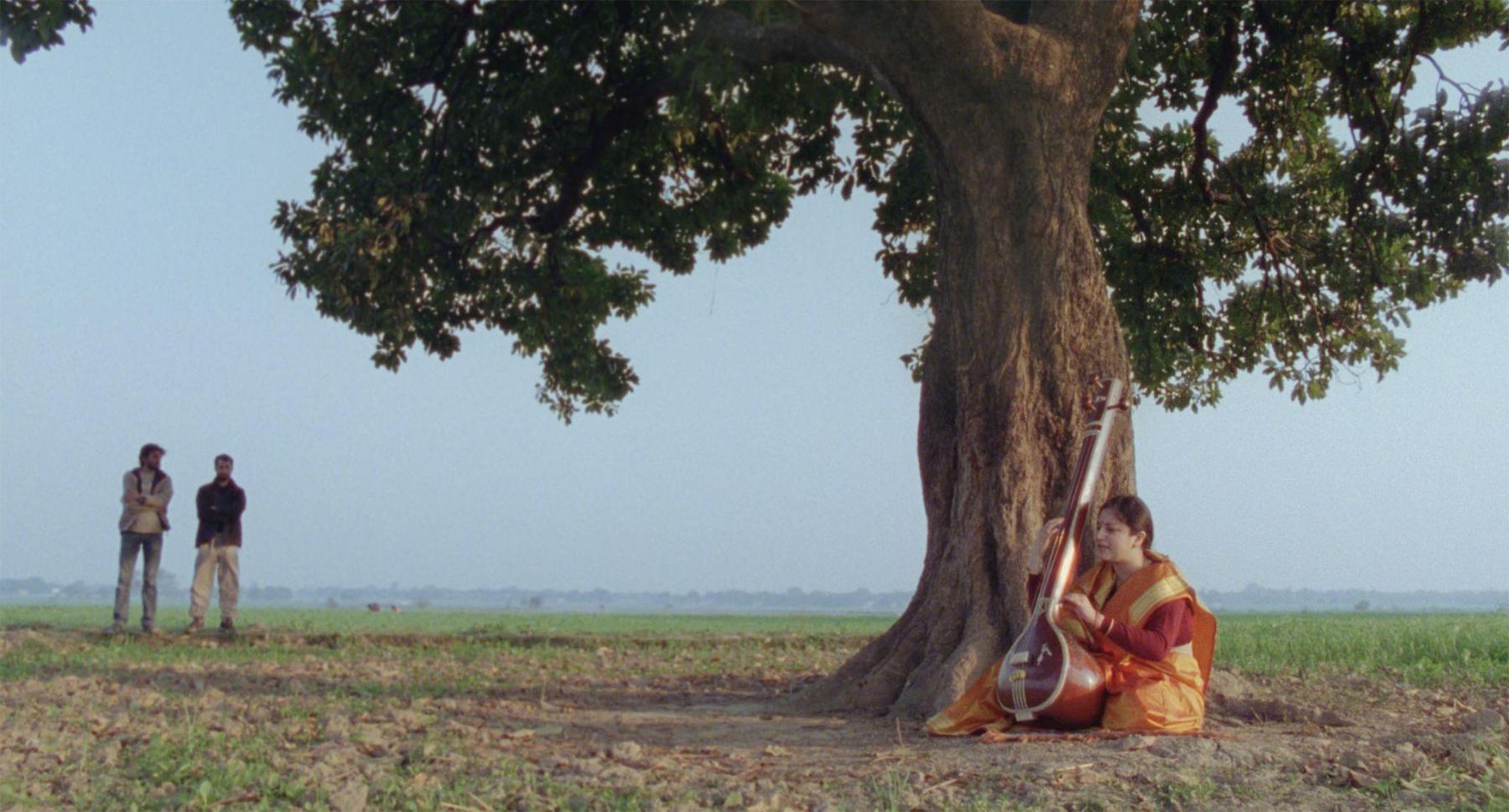
Avikunthak’s film also makes ample use of the particular visual metaphor of water to enmesh the constructions of contemporary political Hinduism into the Beckettian crisis of narrative. On the one hand, the Kumbh offers the river as a signifier of the “divine feminine”, as grounder, guarantor and deliverer of the Hindu Rashtra to come. A Zionist Kalki’s violent arrival is traced back to the first day of menstruation, to the churning in the womb of oceans and, by extension, to the powers and promises of Nature. But on the other hand, the nebulous ungraspability of water, hauntingly shot through the length of the film as distant, mournful and passing, recontextualises such political endeavours and projects of waiting or striving for the “promised land” against larger frustrations of intransigence and dissolution, made easier through the untruths, delusions and balms of narrative.
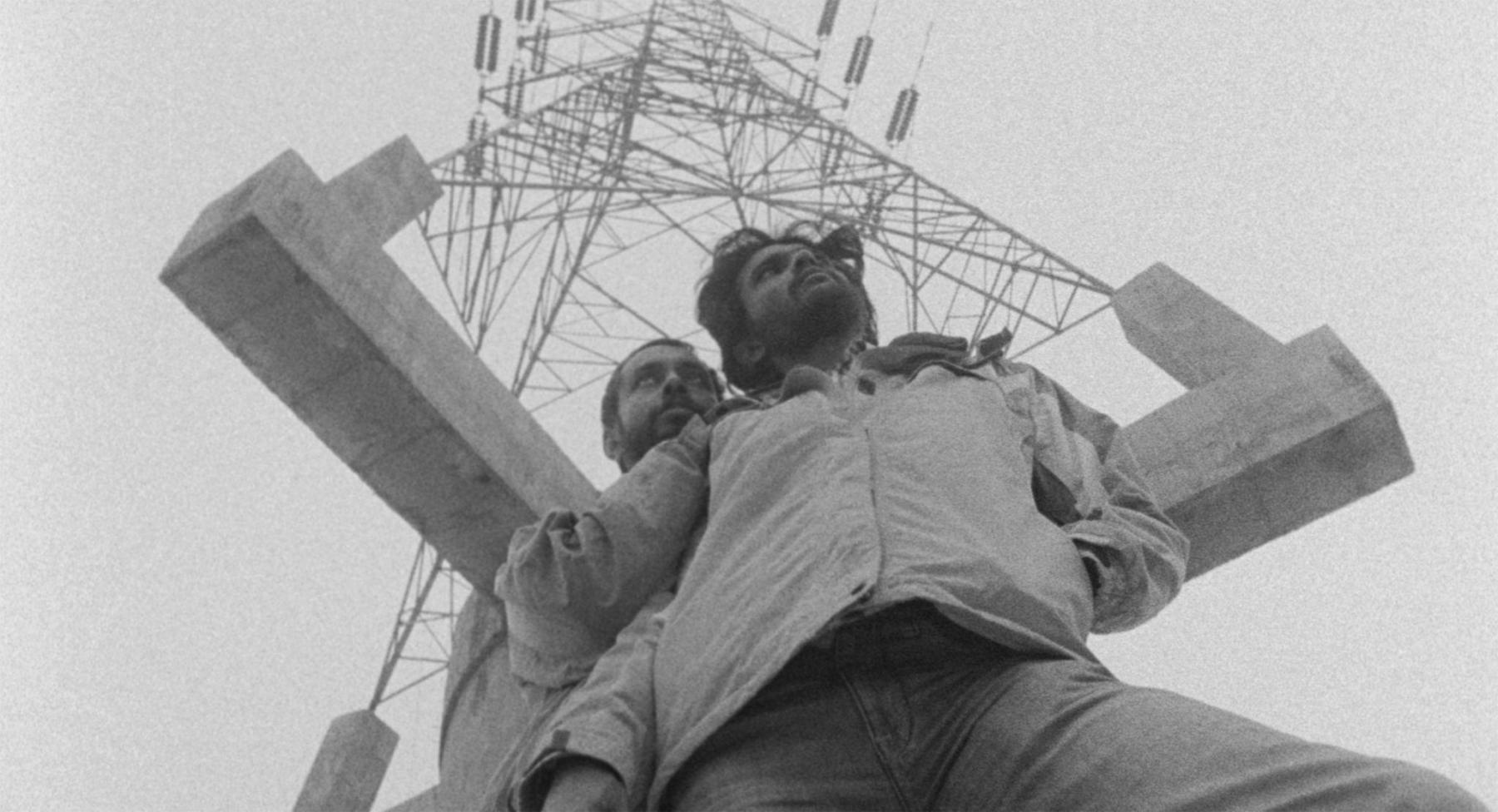
Besides carrying the female body into its fold through the river, Kalkimanthankatha pays particular attention to male corporeality in its denuded, asceticised form (that of the Naga sadhus’) and in its sexualised representation (as can only be perceived through the eyes of a lover). The latter is brought to life through several suggestive scenes of intimacy between the two characters in the film, as well as through evocative dialogue. One character says to the other, “I wanted you desperately, and at the same time, I was content with not having you.” When they surmise upon the significance of the riverine confluence that the Kumbh worships and celebrates, one of them says, “I too want to experience that confluence in my very being.” Beckett’s play had created a space for articulating the anti-teleological destinies of aberrant sexualities, and engagements with the unfulfilled potential of homosexual love and desire are often emphasised in readings of Waiting for Godot’s sexual politics. In more ways than one, these dynamics find themselves realised and represented with insight and grace in Avikunthak’s film as well.
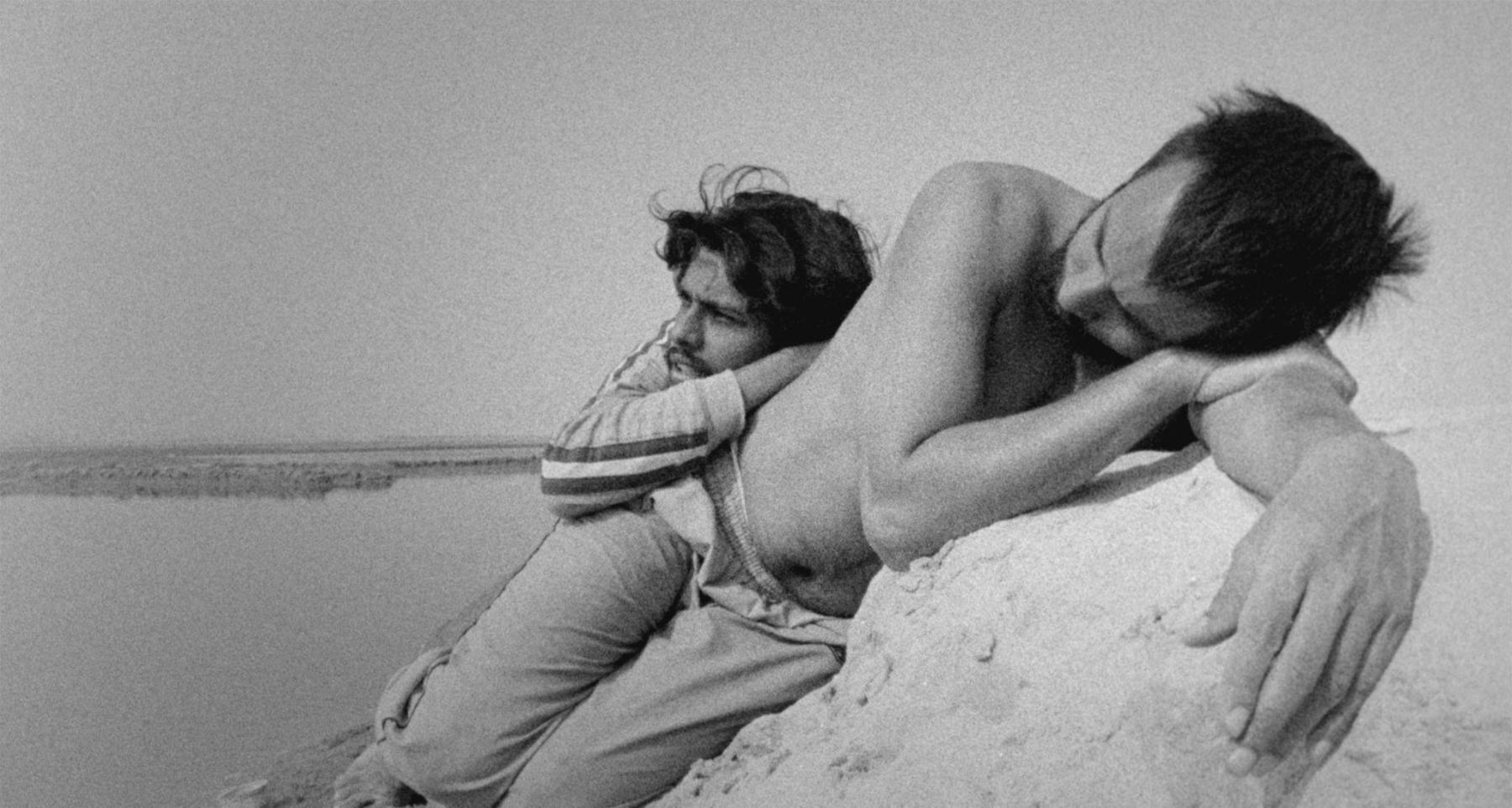
Kalkimanthankatha ultimately underlines the sparse postcolonial urban vista of Allahabad and of the grounds where the Kumbh is held, upon which, Avikunthak felt, a certain hoary antiquity was being imposed in a bid to revitalise premodern spirituality in a postmodern world. This disjuncture arguably points towards the inevitable failure of metaphysical projects that seek to reconcile disparate temporalities in a gesture tantamount to erasure. The film engages with the divergent imaginations of time and history that have come to shape the social content of contemporary India and the discomforts and dissonances that ensue from their contact. This unlikely coalescence goes on to destabilise the dichotomy between the red and the saffron in the palette of Indian storytelling, capturing in the process the vexed terrain of a modern Indian political discourse that is erupting with contradictions.
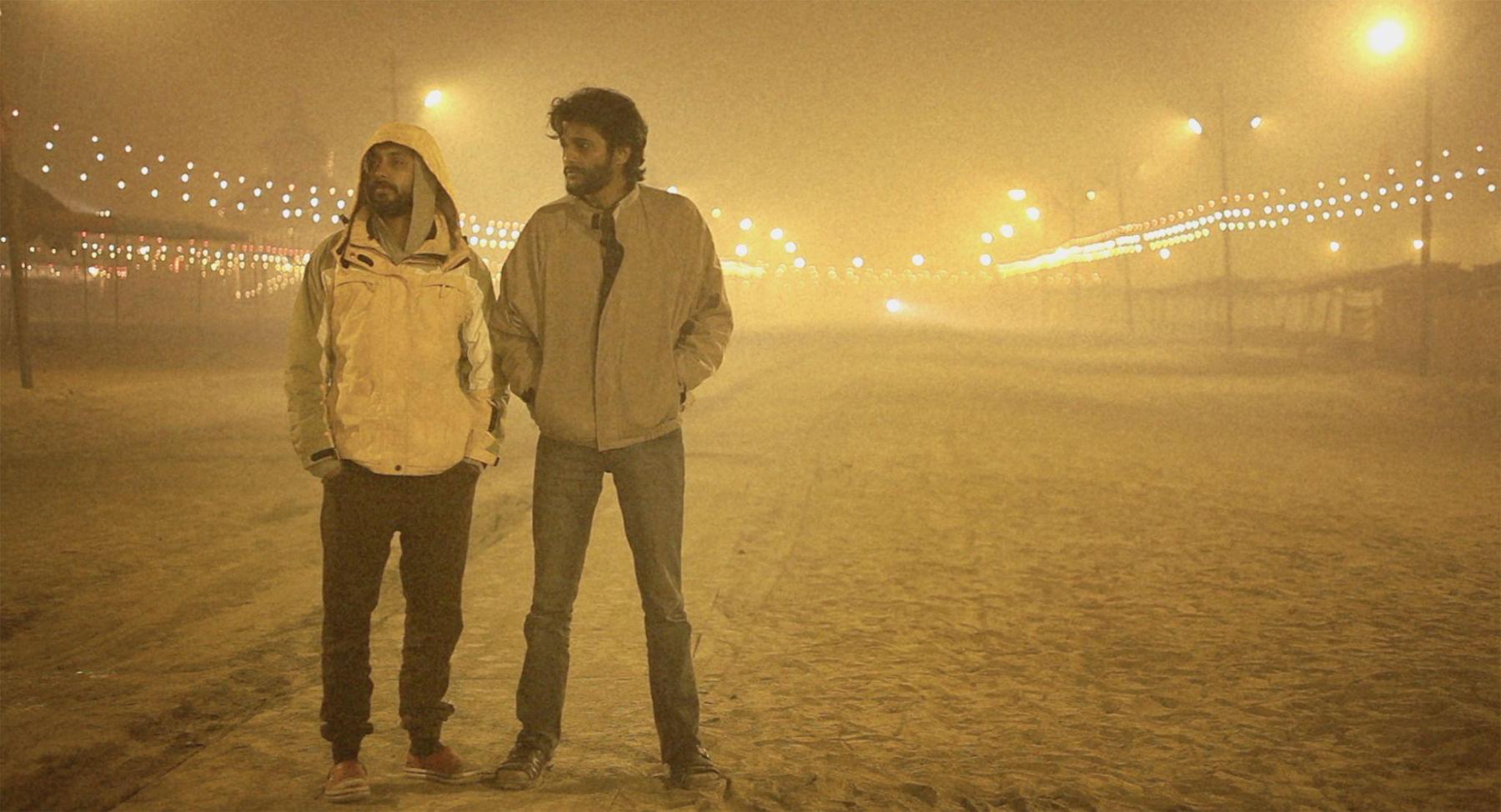
Read the first part of the essay here. To know more about experimental films from South Asia, read Najrin Islam’s essay on Night of Knowing Nothing (2021) by Payal Kapadia, Jole Dobe Na (2021) by Naeem Mohaiemen and Ankan Kazi’s essay on Ayisha Abraham’s film Straight 8 (2005).
All images from Kalkimanthankatha (2015) by Ashish Avikunthak. Images courtesy of the artist.




